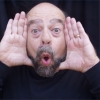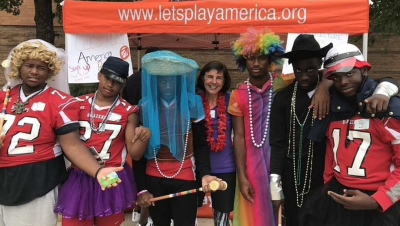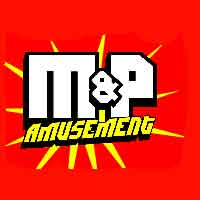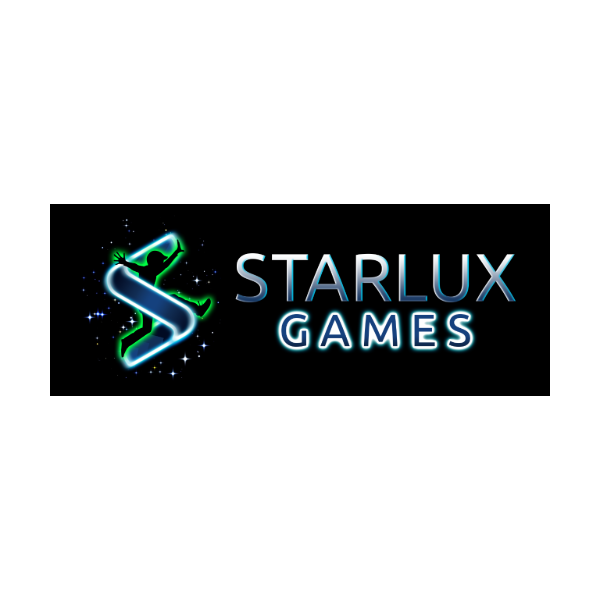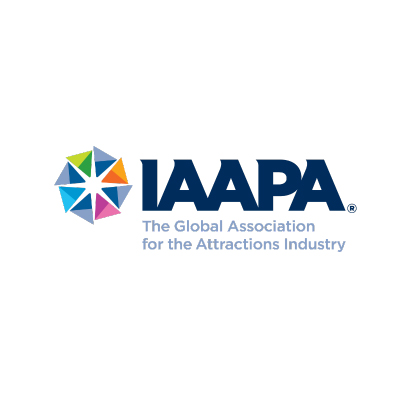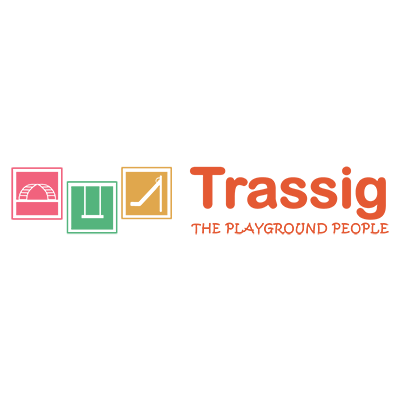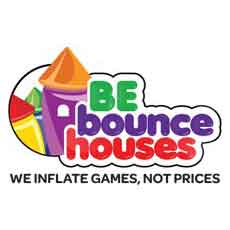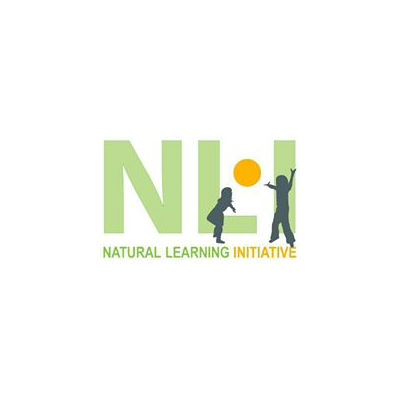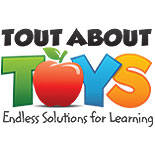Darumaotoshi(w:ja:だるま) Photographed on 7 January 2006. Source: Photographed by Bpw
The discovery that we can get ourselves to play (or playfulness, or find some way to have something like fun with it all) – almost whenever we want, almost with whatever we feel like playing – is profound and empowering. It helps us endure the multiplicity of boring and anxiety-producing experiences that much of organized education seems to believe to be essential to our intellectual development. It helps us distract ourselves when we need to be distracted. It helps us learn the things somebody thinks we have to learn. It is the core insight that has given rise to gamification and playification and other -ications that are designed to make us want to do things that are supposed to be good for us.
This very discovery that has launched a thousand careers has also had a negative impact on what we all know to be fundamental to our art: we can also make things that invite people to play without purpose, for no reason other than the fun of it, the whim of it. We create valuable things that don’t necessarily make anything else more fun or easier or better, or even lead people to earning a badge or higher standing or leveling-up. We can create experiences that are valuable, not because they’ll make people more successful. But rather because it will give them something they enjoy.
Further, those things that we create that allow people to play without purpose are as essential to their growth and well-being as purposeful play. And I suspect those very things may very well be even more essential than that. Swinging, doodling, story-telling, finding faces in the clouds, wave-jumping, puddle-splashing, playing dress-up, making faces, finger painting, pretending, imagining – all those things people do to “absent themselves from necessity awhile” – are as central to their creativity, productivity, to their mental and emotional health, to their being human beings as playing to learn or grow or heal.
Playing without purpose, people are at their most playful. Most free. Most completely at home in the world and with themselves. And they can do that even more easily, and profitably, than by playing for any other reason than play itself.
The downside of the gamification movement is that it has distracted us from that.
And it’s not just gamification, it’s all those well-intentioned studies, those carefully-researched and documented examinations of the benefits of play and games and toys and playgrounds, that confuse us into believing that exercise, education, character-building, discipline, creativity take precedence over fun.
We know better than that. We design for playfulness. And it is our very playfulness that we have learned to embody so beautifully that has led to the best of our work.
As a colleague of mine, a former game designer named Kars Alfrink recently wrote: “In the summer of last year we announced a new direction for the studio, which boils down to us no longer framing our work as game design, but as playful design. We are interested in designing a wide range of playthings, and we are also interested in designing things that aren’t primarily meant for play but which still benefit from allowing for it.”
We may think of ourselves as designers of games, toys, playgrounds, but it might prove even more useful to us and our clients if we use the term “playful design” to describe our craft. If we find ourselves called upon to create an adult playground, we can create one that appeals to mind, body, soul, and society; that allows for playfulness, for being without purpose, for delighting in being alive as much and as well as it allows for exercise. If we are creating tools for physical therapy or the study of algebra, we can still invite delight.
“A playful design discipline like this,” explains Kars, “can lead to better playthings, but perhaps more importantly, it also leads to purposeful things that are more pleasurable to use because they allow people to make them their own, to express themselves while using them, and to feel more present in the here and now, because they can weave them into their own social and physical contexts.”

